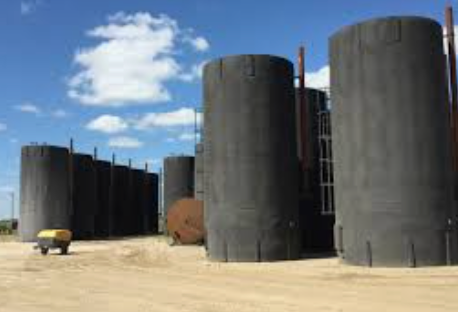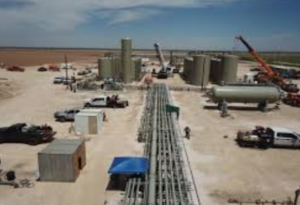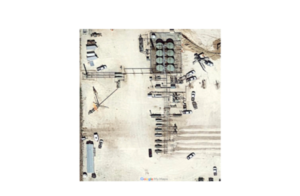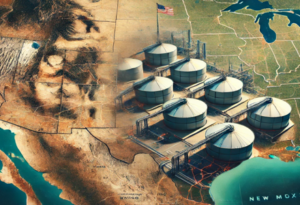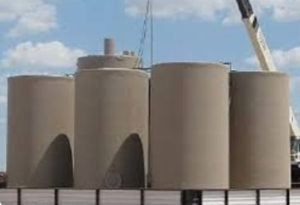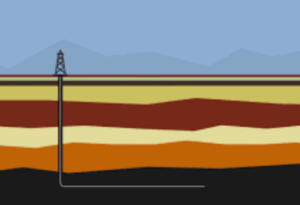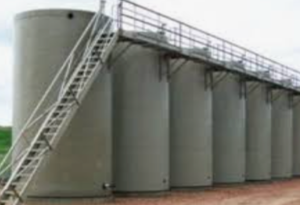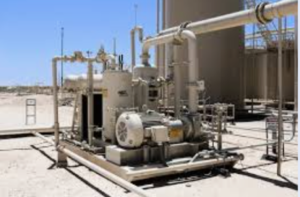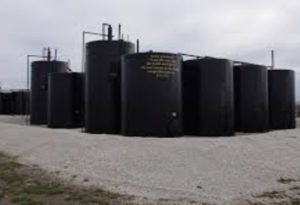EOG Resources’ package development strategy is a methodical approach to developing oil and gas resources, particularly in the Delaware Basin. Here are the two components and benefits of their package development strategy:
- Premium Hurdle Rate:
- Investments are guided by a premium hurdle rate, ensuring that each project meets a high threshold for returns.
- Precision Targeting and Completion Design Optimization:
- EOG focuses on precise targeting of wells and optimizing the design of completions to improve the performance and productivity of each well.
What is the impact of package development on new facility construction?
Here are the key points:
- Operational Efficiency:
- By developing multiple zones within a single package, EOG can streamline facility construction processes. This reduces the need for multiple, separate facilities, leading to cost savings and operational efficiencies.
- Cost Reduction:
- The strategy helps lower the overall costs associated with facility construction by consolidating infrastructure needs. This includes shared use of pipelines, processing plants, and other facilities, which can be more cost-effective than constructing individual facilities for each zone or well.
- Enhanced Reliability and Performance:
- Integrated facility construction as part of the package development strategy can enhance operational reliability. By planning and constructing facilities that support multiple zones, EOG can ensure more consistent and reliable operations, minimizing downtime and maximizing production efficiency.
- Supporting Long-Term Growth:
- Strategic infrastructure investments, like the Janus Gas Processing Plant and the Verde Pipeline, are aligned with the package development strategy to support long-term growth. These facilities are designed to handle the increased production volumes resulting from the multi-zone development approach.
- Environmental and Regulatory Compliance:
- Consolidated facilities can better support EOG’s environmental and regulatory compliance efforts. By reducing the footprint of infrastructure and optimizing facility design, EOG can minimize environmental impacts and ensure compliance with regulatory requirements.
In summary, EOG’s package development strategy leads to more efficient, cost-effective, and reliable facility construction, supporting the company’s overall goals of operational excellence and sustainable growth.
Package Development Tanks
In the Permian Basin, the most common sizes for storage tanks, especially for oil production, tend to be in the range of 500 to 1,000 barrels (BBL). This is due to the typical volume of production and the need for efficient storage and transportation logistics. Here are the specifics:
Common Tank Sizes in the Permian Basin
- 500 BBL Tanks:
- Diameter: Approximately 15 feet 6 inches
- Height: Approximately 16 feet
- 750 BBL Tanks:
- Diameter: Approximately 18 feet
- Height: Approximately 21 feet
- 1000 BBL Tanks:
- Diameter: Approximately 21 feet
- Height: Approximately 23 feet 6 inches
Reasons for Popularity
- Production Rates: These sizes match the production rates of many wells in the Permian Basin, balancing between capacity and the frequency of transportation.
- Logistics: These tanks are large enough to reduce the frequency of required transport but small enough to be manageable and economically viable for operators.
- Standardization: Using common sizes helps streamline procurement, construction, and maintenance processes, reducing costs and complexity.
Installation and Use
- Multiple Tank Installations: It’s common to see battery installations with multiple 500 or 1,000 BBL tanks to manage higher production volumes and provide redundancy.
- Materials: Typically constructed from carbon steel, with coatings and liners as necessary to handle the specific crude oil and produced water characteristics.
Requirement for larger tanks
When oil production increases, operators in the Permian Basin and other oil-producing regions often turn to larger storage tanks or additional tanks to accommodate the higher output. The most likely tanks to be used in such scenarios are:
Larger Tanks (e.g., 1000 BBL Tanks)
- Capacity: 1000 barrels (BBL)
- Dimensions: Approximately 21 feet in diameter and 23 feet 6 inches in height
- Gauge of Steel: Typically 1/4-inch thick steel plate (7 gauge) for the shell and bottom, and 3/16-inch thick steel plate (10 gauge) for the roof.
Reasons for Using Larger Tanks
- Increased Storage Capacity: Larger tanks can store more oil, reducing the frequency of transportation and handling operations.
- Cost Efficiency: Fewer larger tanks can be more cost-effective in terms of construction, maintenance, and land use compared to many smaller tanks.
- Operational Efficiency: Larger tanks simplify the logistics of handling increased production volumes, leading to more streamlined operations.
- Flexibility: They offer more flexibility in managing varying production rates and can handle sudden increases in output without immediate additional infrastructure.
Additional Tanks
- Modular Expansion: Adding more tanks of standard sizes (e.g., 500 BBL or 750 BBL) can be a quick and scalable solution to increase storage capacity without the need for larger, more complex tanks.
- Flexibility: Allows operators to add capacity incrementally as production ramps up.
Considerations for Tank Selection
- Site Constraints: The available space and site layout may dictate whether larger tanks or additional smaller tanks are more feasible.
- Regulatory Compliance: Ensuring compliance with local regulations, environmental considerations, and safety standards.
- Economic Factors: The cost of steel, construction, and maintenance, as well as the projected duration of increased production.
Example: Increasing from 500 BBL to 1000 BBL Tanks
- Scenario: An operator currently using 500 BBL tanks could switch to 1000 BBL tanks or add additional 500 BBL tanks to double the storage capacity.
- Advantages: Using 1000 BBL tanks would require fewer tanks overall, potentially reducing land use and simplifying operations.
By choosing the appropriate tank size and configuration, operators can efficiently manage increased oil production while maintaining safety and regulatory compliance. Would you like more detailed information on the logistics, costs, or specific scenarios related to increasing storage capacity?
Importance of right tank base for larger tanks
The importance of a tank base becomes more pronounced with larger tanks due to several critical factors. The tank base provides foundational support, ensuring the structural integrity and longevity of the tank. Here are some key reasons why a proper tank base is essential, especially for larger tanks:
1. Structural Stability
- Load Distribution: A well-designed base evenly distributes the weight of the tank and its contents, preventing uneven settling that could lead to structural damage.
- Foundation Strength: Larger tanks exert significant pressure on the ground. A strong foundation prevents the tank from sinking or shifting over time.
2. Prevention of Corrosion
- Moisture Barrier: Properly constructed bases often include moisture barriers or coatings to prevent water from accumulating under the tank, reducing the risk of bottom-side corrosion.
- Drainage Systems: Bases with good drainage systems ensure that any liquid spills or rainwater are quickly directed away from the tank bottom, further protecting against corrosion.
3. Safety and Environmental Protection
- Containment: The base can be designed with containment features to prevent leaks or spills from contaminating the surrounding environment.
- Seismic Considerations: In seismic zones, the base must be designed to withstand ground movements, ensuring the tank remains secure and intact during an earthquake.
Picking the right tank base partner
DuraBull tank bases are the industry leader for Oil and Gas storage tank foundations. Engineered to exceed API recommendations for foundational support, DuraBull tank bases are lightweight, rugged, and provide three layers hydrocarbon resistance.
The idea of a stronger, rugged, and modular tank base was born out of necessity. Originally known as Sentinel, we went through a process of defining who we were and what our products were about and Sentinel came to be known as DuraBull.
Countless hours in R&D have been invested in making the very best tank base on the market. We think you will agree it is stronger, lighter, more reliable, and very attractively priced, and makes setting up a site easy. DuraBull tank bases are a top-of-the-line product you can be proud to own.
DuraBull tank bases are light enough for easy installation, and durable enough to withstand substantial weight, UV, moisture, and heat resistant. With a state-of-the-art high-density core and resilient textured coating.

